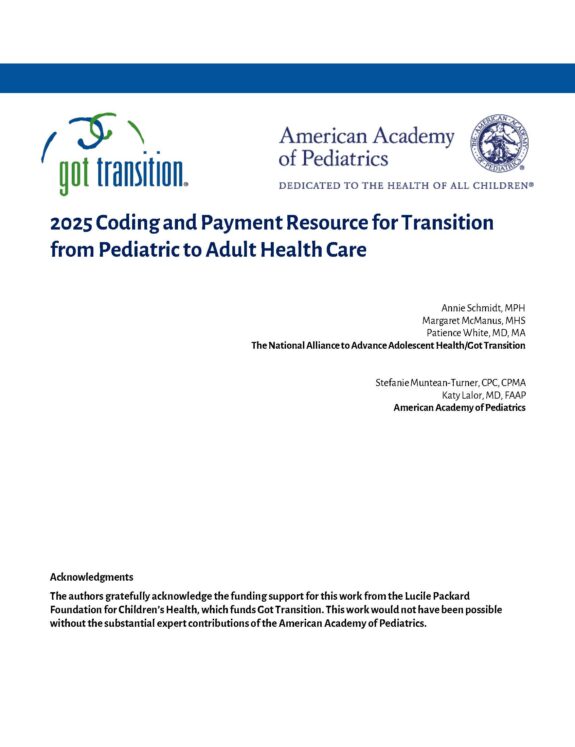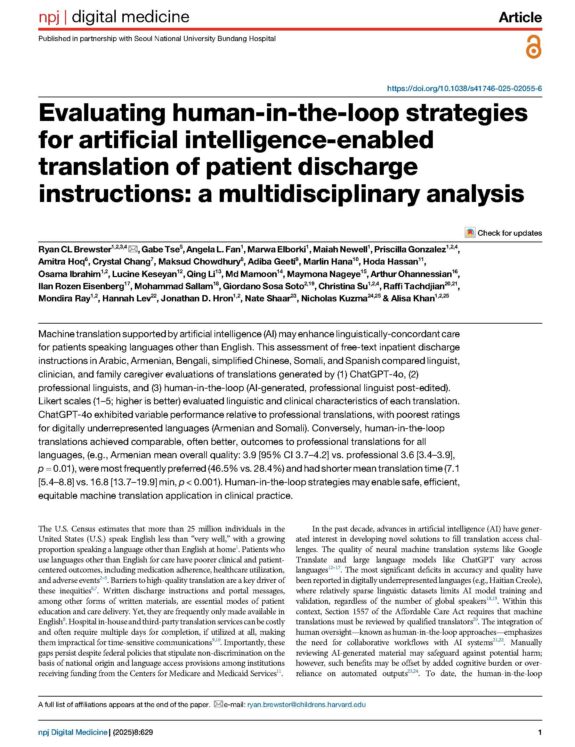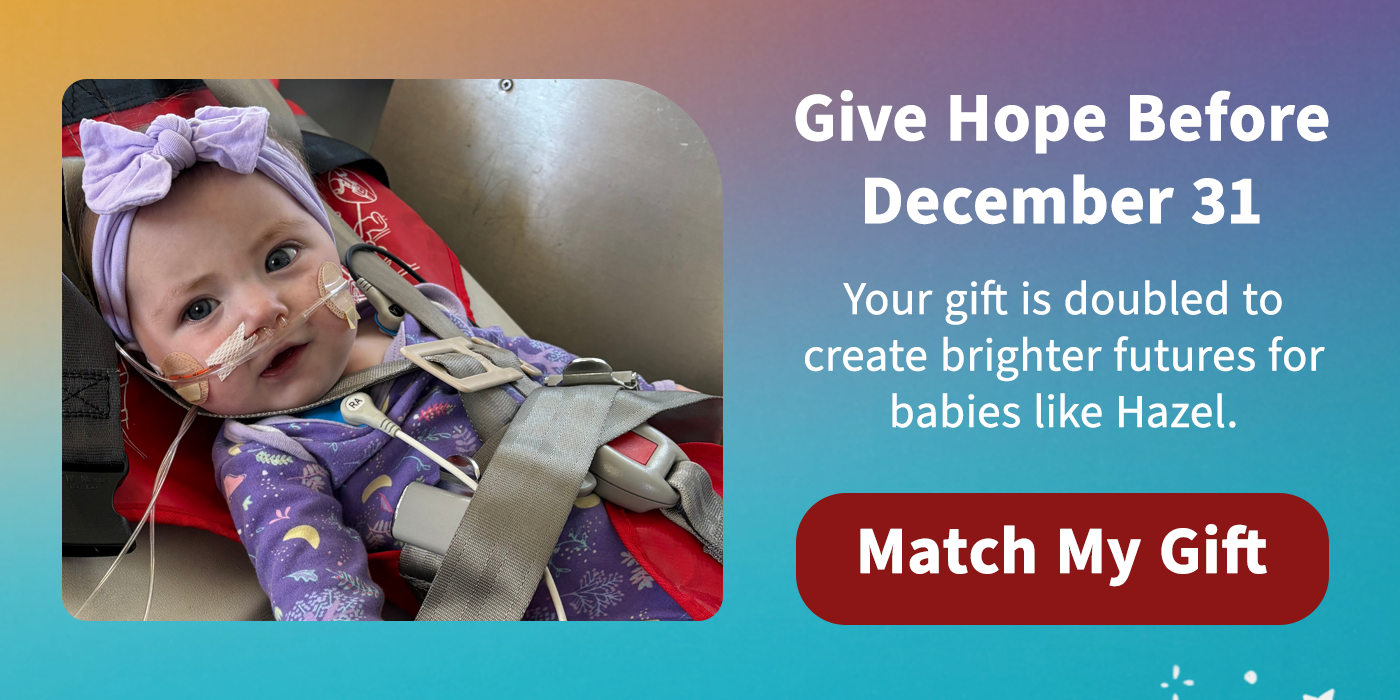Children with Special Health Care Needs and California’s Healthy Families Transition to Medi-Cal
In January 2013, the State of California began transferring nearly 860,000 children from the rolls of the Healthy Families program into Medi-Cal managed care. During the transition, particular attention should be paid to children with special health care needs. Specifically, the state should:
1. Have plans to address the most likely potential problems of the transition, and should be prepared to promptly implement those plans should it be necessary, such as slowing the phases of the transition, and implementing a process to ensure continuity of care for children whose health depends on established relationships with health care providers.
2. Plan for the transition of CSHCN and monitor system problems in real time. There will be an increased need for out-of-plan subspecialty care, transportation, and an expansion of the available health information technology to facilitate access and continuity during the transition.
3. Contract for a publicly reported evaluation of the transition after the first six and 12 months of the process. The evaluation should analyze changes in costs to the state, interruptions in continuity of care, access to primary and specialty care and patient satisfaction, particularly assessing the experience of families of CSHCN.



